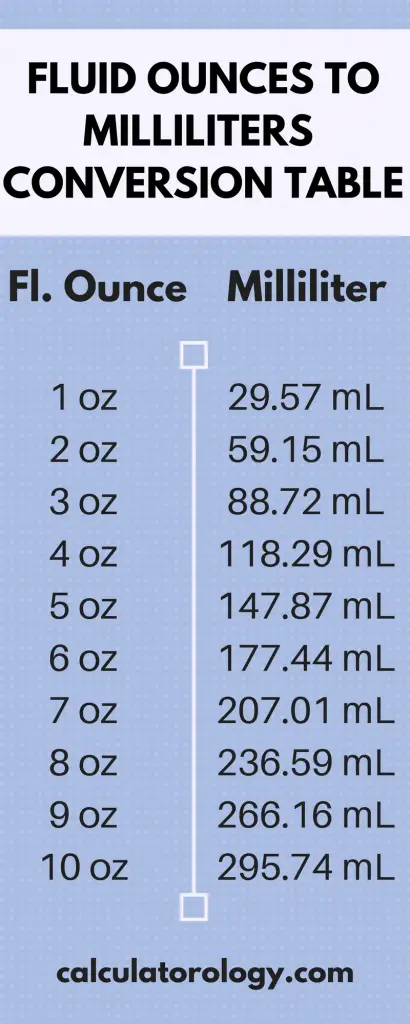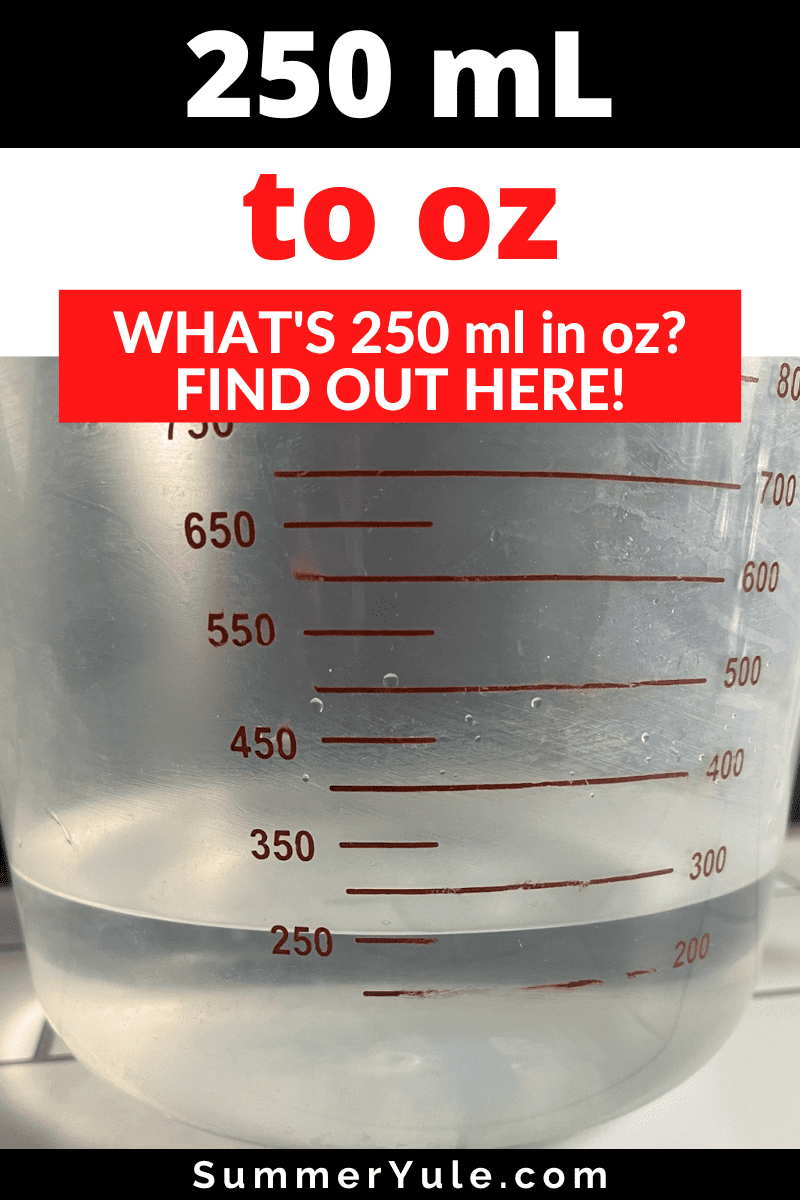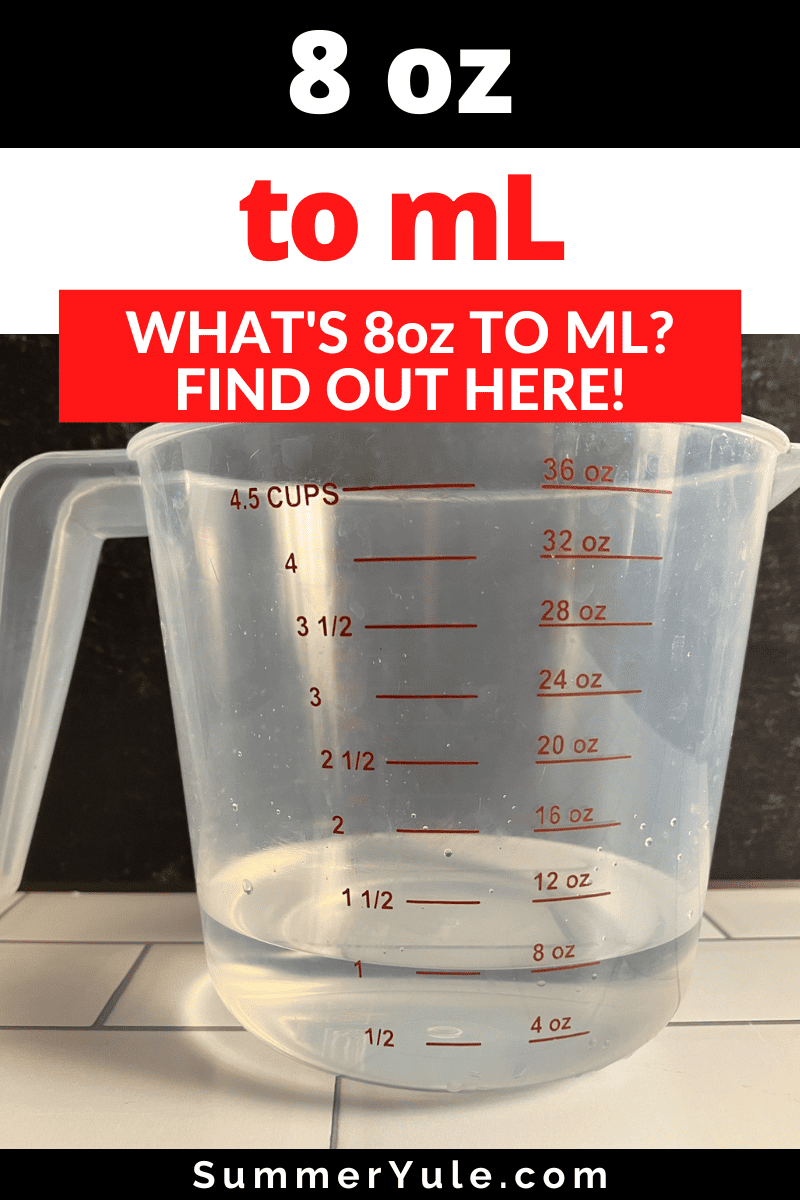1500 Ml Is How Many Ounces

Imagine you're in your kitchen, the aroma of freshly baked bread filling the air. You're carefully measuring ingredients for a new recipe, one that promises to be a crowd-pleaser. The recipe calls for 1500 ml of liquid, and you're momentarily stumped, staring at your measuring cups and pondering: 1500 ml is how many ounces?
Understanding liquid conversions, like converting milliliters (ml) to ounces (oz), is essential for cooking, baking, medicine, and various other aspects of daily life. This article will break down the conversion of 1500 ml to ounces, providing context, practical examples, and insights into why these conversions matter.
The Core Conversion: 1500 ml to Ounces
So, how many ounces are in 1500 ml? Precisely, 1500 ml is equivalent to approximately 50.72 US fluid ounces. This conversion is based on the standard conversion factor: 1 ml is roughly equal to 0.033814 US fluid ounces.
Therefore, 1500 ml multiplied by 0.033814 equals approximately 50.72 ounces. Keep in mind this is the US fluid ounce, which differs from the imperial fluid ounce (used in the UK), though the difference is usually negligible for most everyday applications.
Why Conversions Matter
Accurate liquid measurements are critical, especially in culinary arts and medicine. A slight miscalculation in a recipe can alter the taste, texture, or overall outcome of a dish.
In medicine, precise dosages are vital for patient safety and treatment efficacy. Knowing how to convert between milliliters and ounces can be a matter of significant consequence.
Culinary Applications
In cooking and baking, recipes often originate from different parts of the world, using either metric or imperial units. A European recipe might call for milliliters, while an American recipe uses ounces.
Understanding conversions ensures you can accurately follow any recipe regardless of its origin. Think about creating a large batch of soup or a complex cake; precision is key to achieving the desired result.
Medical and Scientific Contexts
The medical field relies heavily on precise measurements. Medications are often prescribed in milliliters, especially for liquid formulations.
Nurses, doctors, and pharmacists need to be proficient in conversions to ensure patients receive the correct dosages. In scientific research, accurate measurements are essential for replicating experiments and obtaining reliable results.
A Deeper Dive into Units: Milliliters and Ounces
To better understand the conversion, let's examine the background of milliliters and ounces.
A milliliter (ml) is a unit of volume in the metric system, equivalent to one cubic centimeter. It's widely used in science, medicine, and many countries' standard measurement systems.
An ounce (oz) is a unit of volume in the imperial and US customary systems. Specifically, we're referring to the US fluid ounce, defined as 1/128 of a US gallon.
Practical Examples and Applications
Let's explore some scenarios where converting 1500 ml to ounces might be necessary.
Imagine you're making a large batch of lemonade for a party, and the recipe requires 1500 ml of lemon juice. Knowing this is roughly 50.72 ounces allows you to accurately measure using your standard measuring cups.
Consider a scenario where you're diluting a concentrated cleaning solution. The instructions may specify using 1500 ml of water. Understanding the ounce equivalent helps you ensure the proper dilution ratio.
Tools for Conversion
Several tools can help with conversions, from simple calculators to dedicated apps.
Online conversion tools and apps provide quick and accurate results. Many kitchen scales and measuring cups also feature both metric and imperial units for easy reference.
Understanding the underlying principles, however, is crucial, as technology can fail or be unavailable. Knowing the basic conversion factor allows for a quick estimate even without tools.
Common Mistakes to Avoid
When converting between milliliters and ounces, it's easy to make minor errors that can lead to significant discrepancies.
One common mistake is confusing US fluid ounces with imperial fluid ounces, though the difference is relatively small (the imperial fluid ounce is about 4% larger). Another error is simply misplacing the decimal point, which can dramatically alter the result.
Always double-check your calculations and use reliable conversion tools to minimize errors. Pay close attention to the units you're working with.
The Broader Context of Measurement Systems
The existence of different measurement systems (metric and imperial) highlights the diverse historical and cultural influences on standards worldwide.
The metric system, with its base-10 structure, is generally considered more straightforward for scientific and mathematical calculations. The imperial system, while less intuitive, remains prevalent in certain countries, particularly the United States.
The ongoing debate about adopting a universal measurement system underscores the challenges of standardization. While some argue for the benefits of a single, unified system, others defend the familiarity and tradition associated with existing systems.
Understanding the Nuances of Liquid Measurement
Liquid measurement is more complex than measuring solid weights or lengths. Factors such as temperature and viscosity can affect the volume of a liquid.
For instance, liquids expand or contract with temperature changes. This effect is usually negligible for everyday cooking but can be significant in scientific or industrial applications.
Viscosity, or a liquid's resistance to flow, can also affect the accuracy of measurements. Highly viscous liquids, like honey or syrup, may cling to measuring containers, leading to slight inaccuracies.
Expert Opinions and Perspectives
According to Dr. Emily Carter, a renowned chemist, "Understanding unit conversions is fundamental to scientific literacy. It allows us to bridge the gap between different systems of measurement and accurately interpret data."
Chef Jean-Pierre Dubois, a culinary expert, emphasizes the importance of precise measurements in baking. "In baking, even a small error in liquid measurement can affect the texture and rise of the dough. Accuracy is paramount."
Registered Nurse Sarah Miller highlights the critical role of conversions in medication administration. "Ensuring correct dosages is a matter of patient safety. Healthcare professionals must be proficient in converting between milliliters and ounces."
Final Thoughts
Converting 1500 ml to ounces is more than just a mathematical exercise; it's a practical skill with real-world implications. From culinary arts to medicine, understanding these conversions ensures accuracy, safety, and successful outcomes.
While tools and apps can assist with conversions, a fundamental understanding of the underlying principles is essential. So, the next time you encounter a recipe or instruction calling for 1500 ml, you'll confidently know it's approximately 50.72 ounces, empowering you to proceed with precision and ease.
The world of measurement is a fascinating blend of science, culture, and practicality. Embrace the journey of learning and understanding, and you'll find that even seemingly simple conversions can unlock a wealth of knowledge and skills.

















:max_bytes(150000):strip_icc()/measurment-conversions-for-recipes-486768_FINAL-5b88683dc9e77c0025b65c8c.png)
